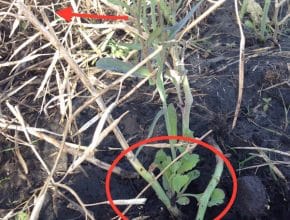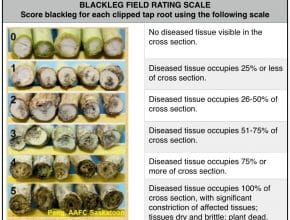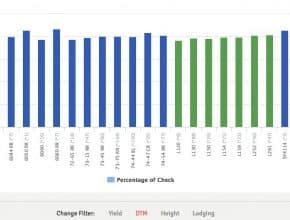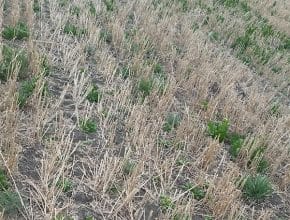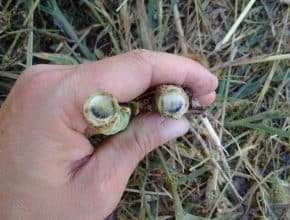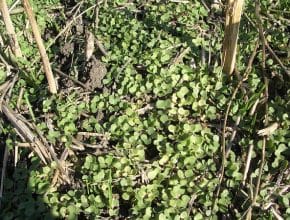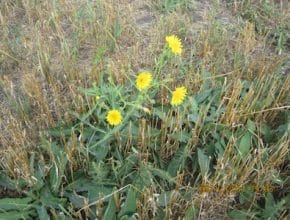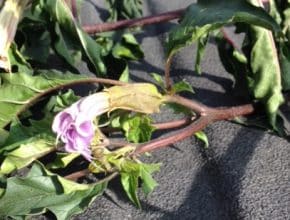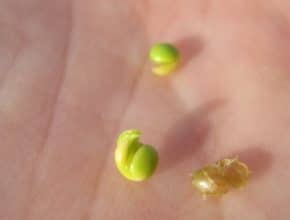Home / Canola Watch / Page 174
-
Rain and delayed harvest have caused some cut canola plants to regrow. This regrowth coming up through swaths can make for increased green matter going through the combine. This regrowth cannot be sprayed…
-
Many things can cause yields to be lower than expected. Crops that run out of nutrients may have significant biomass but smaller or fewer seeds in the pods. Moisture and……
-
Data for the 2015 Canola Performance Trials (CPT) are still coming in and will be posted on the website once they are available. In the meantime, viewing the results from previous years can be helpful in making any seed booking choices. Data…
-
Fall is an excellent time to control perennials and winter annuals, but a few key management steps can greatly improve the results. This quiz hits on a few highlights…
-
Crop rotation and seed decisions are improved when growers and agronomists have a good handle on the disease situation. Blackleg levels were higher than expected in some areas this year, and clubroot continues to spread. Knowledge of the incidence and severity of these two diseases provides an important head start in keeping them under control…
-
The first step in canola volunteer management is to do nothing. Leaving seeds undisturbed so they germinate in the fall or get eaten by birds and insects is a good way to reduce the volunteer seedbank. Canola seeds that remain on the soil surface when the snow flies will deteriorate over the winter…
-
Fall is a good time to control perennial and winter annual weeds. The message this week includes two reminders: 1. Wait for post-harvest regrowth. 2. Know the best timing for the weeds present…
-
Weed management includes a keen eye for the unusual. “Unusual” can be suspicious patches of common weeds (herbicide resistance?) and presence of new unknown weeds. Jimsonweed is, for many, an usual and unknown weed. (Shown above.) It was reported in several Alberta canola fields a couple weeks ago, and has now been confirmed in fields in 11 Alberta municipalities…
-
After a drought-stressed summer in many areas of the Prairies, canola plants may have a lingering hormone response that can cause seed sprouting (above) in the pods and regrowth of cut plants…

